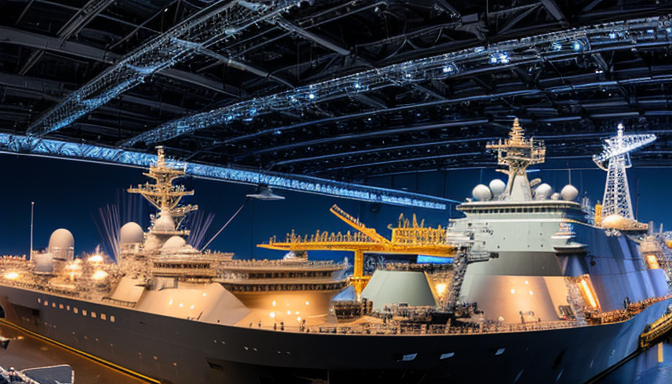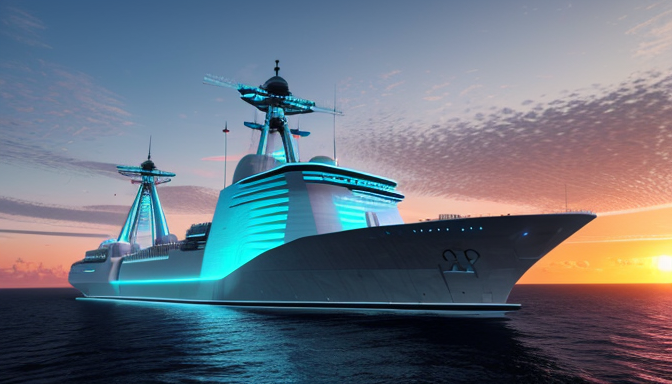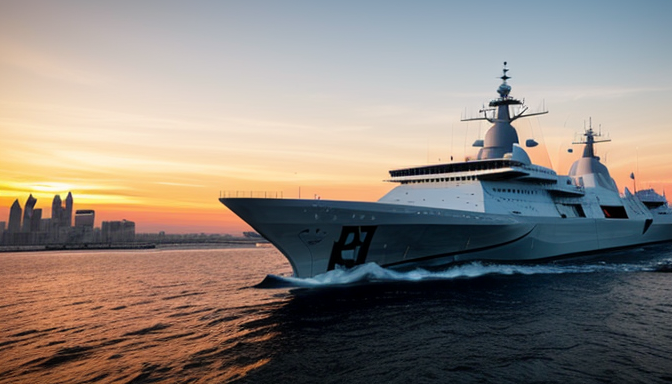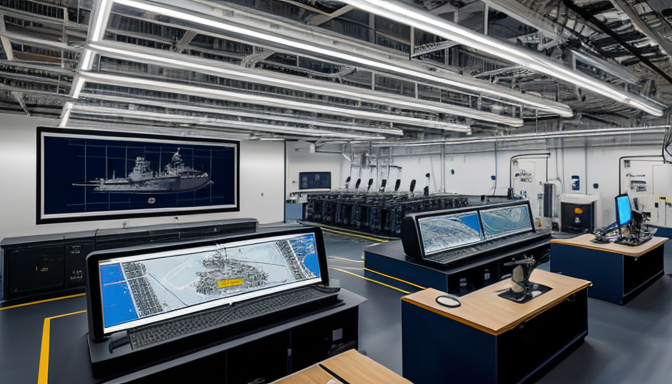The Cutting-Edge Tech Driving Naval Engineering Forward
Welcome to the future of naval engineering! Innovative technologies are not just knocking at the door; they’re kicking it down! Imagine a world where ships are designed with smart materials that adapt to their environment, enhancing performance while minimizing environmental impact. This is not science fiction; it’s the reality we are stepping into. Modern ship design is embracing advanced computational tools that allow engineers to simulate various conditions and optimize designs before a single piece of metal is cut. It’s like having a crystal ball that shows you how your ship will perform in real life.
But that’s just the beginning! The rise of green propulsion systems is another game changer. These systems not only reduce emissions but also promise to lower operational costs. Picture this: ships powered by hybrid and electric technologies, gliding through the waves with minimal environmental footprints. This shift towards sustainability is not just a trend; it’s a necessity in our fight against climate change.
Moreover, the integration of marine innovations, such as advanced hull designs and energy-efficient systems, is driving the industry towards a more sustainable future. With the advent of automation and robotics, shipbuilding is undergoing a transformation that enhances precision and efficiency. So, are you ready to embark on this exciting journey into the world of naval engineering? The horizon is bright, and the waves are calling!
Innovations in Ship Design
Modern naval engineering is experiencing a revolution in ship design, where creativity meets technology in the most stunning ways. Imagine vessels that not only navigate the seas but do so with unprecedented efficiency and environmental consciousness. Advanced materials such as carbon fiber and lightweight alloys are now commonplace, allowing ships to be both strong and light, which enhances their performance and fuel efficiency.
Moreover, the integration of green propulsion systems is a game-changer. These innovative technologies, including hybrid engines and fuel cells, are significantly reducing the carbon footprint of maritime operations. Picture a fleet of ships gliding through the water, powered by renewable energy sources, leaving nothing but ripples behind. This shift not only meets regulatory demands but also appeals to a growing eco-conscious market.
Additionally, computer-aided design (CAD) has transformed the way ships are conceptualized and built. Designers can now create intricate models that simulate real-world conditions, allowing for precision and optimization before the first piece of steel is cut. This process reduces waste, saves time, and ultimately leads to safer vessels that are built to withstand the harshest maritime challenges.
In summary, the innovations in ship design are not just about aesthetics; they represent a significant leap towards a more sustainable and efficient future in naval engineering. As we continue to push the boundaries of technology, the seas will become a canvas for incredible advancements that will redefine our relationship with the ocean.

Automation and Robotics in Naval Engineering
In the realm of naval engineering, the integration of automation and robotics is nothing short of a revolution. Imagine a world where ships are not only designed with precision but are also built and maintained with remarkable efficiency. That’s the reality we’re stepping into! With the help of advanced robotics, the shipbuilding process has transformed dramatically, allowing for increased accuracy and a significant reduction in human error. It’s like having a supercharged team of engineers who never tire and always deliver top-notch quality.
Automation plays a crucial role in various maritime tasks, from assembly lines to maintenance routines. For instance, robotic arms can now perform intricate welding tasks that were once labor-intensive and time-consuming. This not only speeds up production but also enhances safety by minimizing human exposure to hazardous environments. Who wouldn’t want to work alongside a robot that can handle the heavy lifting?
Furthermore, the benefits extend beyond just efficiency. The use of automated systems contributes to sustainability in naval engineering. By optimizing resource use and minimizing waste during ship construction, we’re paving the way for greener maritime operations. In fact, many shipyards are now adopting green propulsion systems that rely on automated technologies to monitor and adjust fuel consumption in real-time, making our oceans cleaner.
As we look ahead, the fusion of automation and robotics in naval engineering is set to redefine the industry. With every advancement, we inch closer to a future where ships are not only smarter but also more environmentally friendly. Are you ready to sail into this exciting future?
Frequently Asked Questions
- What are the latest innovations in ship design?
Modern ship design is being transformed by advanced materials like carbon fiber and aluminum alloys, which make vessels lighter and more durable. Additionally, computer-aided design (CAD) software allows engineers to create highly efficient hull shapes that improve fuel economy and performance.
- How is automation impacting naval engineering?
Automation is a game-changer in naval engineering! It enhances precision in shipbuilding and maintenance, reducing human error and speeding up production times. Robotics are now used for tasks like welding and painting, making processes safer and more efficient.
- What role does sustainability play in modern naval engineering?
Sustainability is at the forefront of naval engineering innovations. Engineers are focusing on eco-friendly materials and energy-efficient systems, such as hybrid propulsion, to minimize environmental impact. This shift not only helps the planet but also meets increasing regulatory demands.
- Are there any challenges associated with these new technologies?
Absolutely! While new technologies offer incredible benefits, they also come with challenges, such as high initial costs and the need for specialized training. However, the long-term gains in efficiency and sustainability often outweigh these hurdles.






